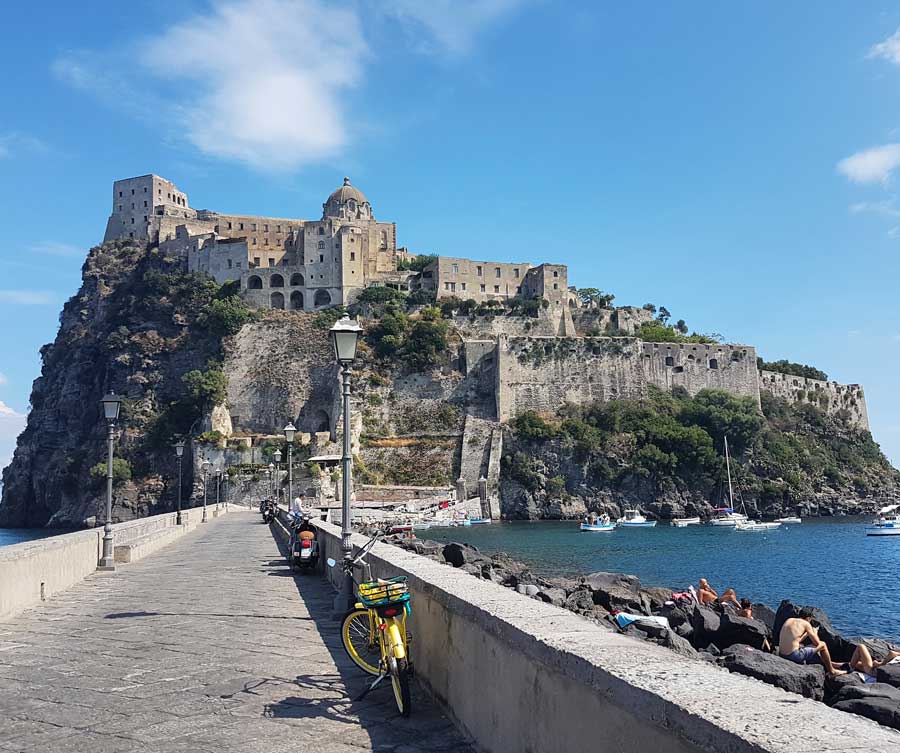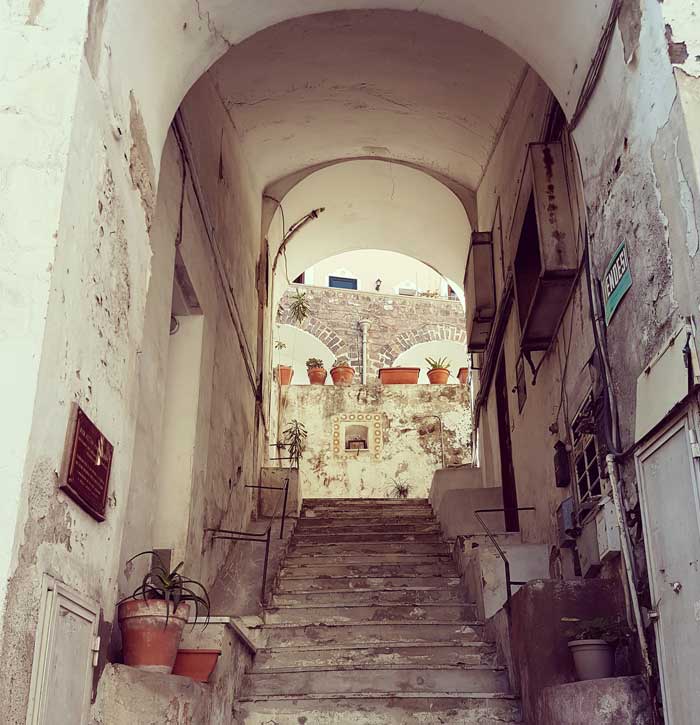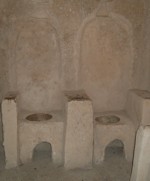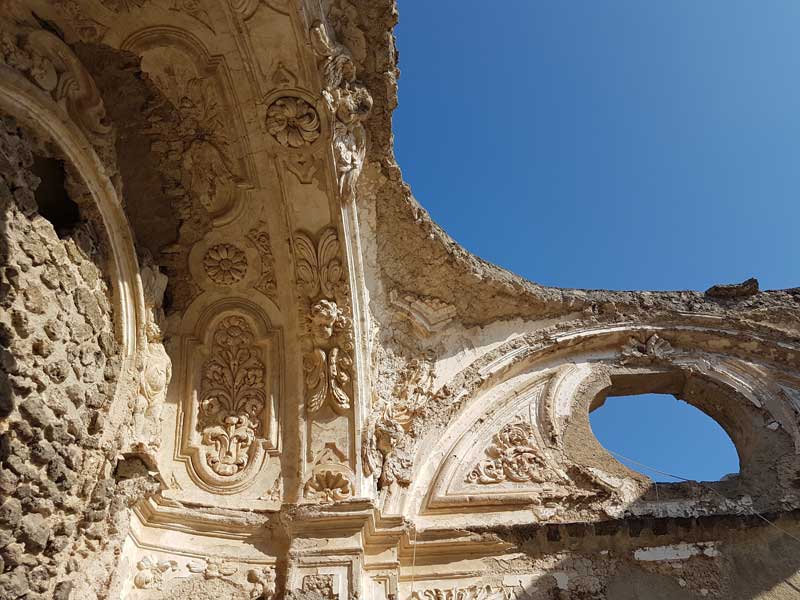About Ischia Ponte
A short bus-ride from Ischia Porto lies Ischia Ponte, a charming seaside settlement dominated by the picturesque Castello Aragonese (Aragon Castle). For a combination of convenience and attractiveness, Ischia Ponte is one of the best places to stay on the island.
In the evening the narrow main street wandering down to the harbour fills up with the evening passeggiata, a relaxed and sociable affair which climaxes by the sea, where locals hail their friends, tourists eat at terrace tables, and small boats bob on the glassy black water amid the reflected lights of the illuminated castle.

There is a good selection of clothes shops, and stores where you can pick up beach paraphernalia before setting off for the busy beaches stretching along the coast towards Ischia Porto. For eating, there is a fair selection of restaurants catering for a range of budgets and tastes. An excellent place to eat on a budget is the unpretentious Sciuè Sciuè (Via Mazzella 86) where you can enjoy excellent salads and pizzas at outdoors tables while watching comings and goings on the main street. You can also order food to take away. Those with a sweet tooth will enjoy the ice-cream, pastry and frozen yoghurt shops, all of which are open until late.

Castello Aragonese
You should allow at least a couple of hours to look around the castle. There are two different sections to visit, divided into an Eastern Itinerary and a Western Itinerary, with plenty of places to sit and admire the views. There are a couple of places to eat (one in each section) which may tempt you to extend your stay longer.
A steep covered mule-track runs from the gate up to the higher levels of the fortress, but nowadays a lift takes the strain out of the ascent.
The first recorded fortress here was built by the Greek ruler of Syracuse (Siracusa), Gerone, in 474 BC. Over the centuries the islet passed through many hands, and its occupiers (including the Romans, Visigoths, Vandals, Arabs, Normans and Angevins) all left their mark on the structures. After the last eruption of Ischia’s Monte Epomeo in 1301, local inhabitants left their damaged homes and moved to the island. Alphonso of Aragon rebuilt the castle over a century later, creating strong fortifications and the bridge linking the islet to mainland Ischia. Living inside these walls, the Ischians were protected from military and piratical marauders, and over a thousand families squeezed onto the rocky slopes. As well as homes, the fortress also sheltered a convent, an abbey, 13 churches and a garrison. However, the Ischians gradually began moving back to the shores of Ischia itself. After shelling by the British in 1809, when the island was held by the French, the damaged buildings were abandoned. During the nineteenth century the islet was used briefly as a prison by the Bourbon rulers of Naples before Italy’s unification. Nowadays the island is privately-owned. As well as the sections which are open to tourists (not, sadly, the central fortress building), the island also hosts special events such as concerts and exhibitions. There is also a hotel on the islet, housed in the old convent buildings.

Among the most interesting sights within the Castello is the Nuns’ Cemetery. The Clarisse order of nuns who lived here from 1575 until 1810 would place their dead on stone seats (with drainage holes) in small cells. The living nuns would then be required to say daily prayers in the company of their decomposing companions, meditating on mortality. This macabre and unhealthy custom unsurprisingly led to illness, and visitors will be relieved to know that the creepy cells are now hygienically empty of corpses.
Among the churches left (just about) standing on the island, the most evocative is the ruined Cathedral of Our Lady of the Assumption (Cattedrale dell’Assunta). Nearly destroyed by the British shelling of the island, the grand stucco work is open to the elements and is an impressive sight. Underneath, in the crypt, are the remains of an older chapel, dating back to the eleventh and twelfth centuries and decorated with fine frescoes of saints and landscapes.
A second macabre sight within the Castello is a small museum at the top of the exit/entrance tunnel. Dedicated to weapons and to instruments of torture, the museum is not for the squeamish.

Useful external links
